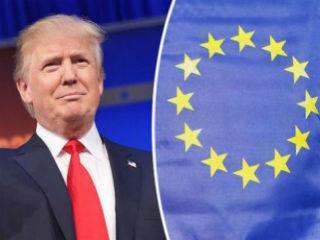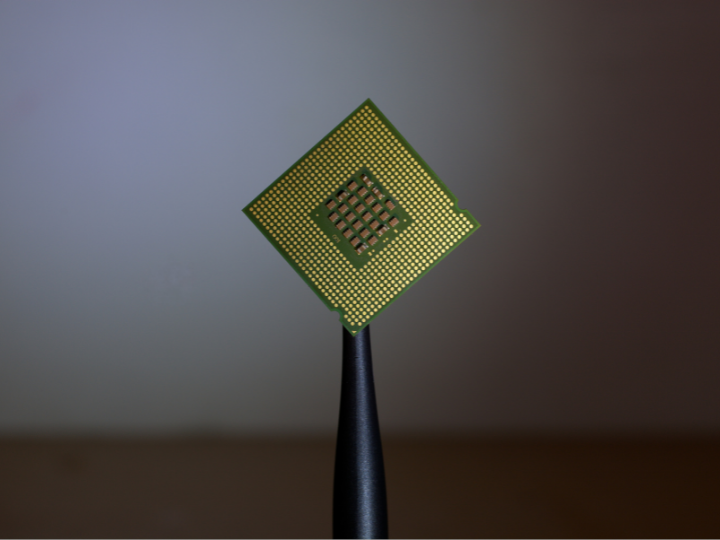In 1948 at Kinmen began a barrage lasting more than 40 days during which more than 470,000 artillery shells had been fired, injuring and killing over 2,000 military personnel and civilians. That’s four shells for every square meter of the island’s surface area.
Today, Kinmen has a new look. “It has been transformed from a killing field to an avenue of peace” according to President Ma. People now make 3,600 trips daily, or over 1.3 million trips annually, through Kinmen as they travel between mainland China and Taiwan, Kinmen has become as a hub, connecting the two sides, something that could not have imagined 53years ago.
Extracts from President Ma’s speech:
“Today, we celebrate the Republic of China’s centennial on this once war-torn island with a peace bell forged from artillery shell casings, which we will ring at this ceremony. We hope the scars of war may become a ring of peace that the whole world may hear.
After the Crisis ended, the ROC government began a strategy of employing “30 percent military power and 70 percent politics” to engage the mainland. This key policy not only was conducive to cross-strait peace, but also allowed the ROC government to fully concentrate on developing Taiwan. This was an important step leading up to Taiwan’s economic and political miracles.
Peace in the Taiwan Strait is critical to Taiwan’s prosperity and security. When I was elected as President three years ago, we immediately advocated a pragmatic approach that served the best interest of Taiwan. That is, we pledged to maintain the status quo of “no unification, no independence and no use of force” under the framework of the ROC Constitution, and we vowed to promote peaceful relations with mainland China on the basis of the 1992 consensus. As of today, the two sides have signed 15 agreements, cross-strait relations are thriving, and the people on both sides are benefiting from these developments.
Under the 1992 consensus, both sides agree that there is only one China, but each differs on its precise political definition. For us, that “one China” is the “Republic of China” referred to in the Constitution. We support the 1992 consensus; therefore, we support the Republic of China and abide by the scope of its sovereignty and territory as delineated in the Constitution.
The ROC Constitution underwent seven rounds of revision through the amendment of Additional Articles. Provisions on national territory, sovereignty and the cross-strait status have never been changed under four different presidents in the past 20 years. These were collective decisions made by the delegates to the National Assembly—of different political affiliations—who were elected by the people of Taiwan. Similarly, the Cross-Straits Economic Cooperation Framework Agreement has already come about. We should not only support but also abide by it.
Our basic principle in handling cross-strait relations at the current state is “no unification, no independence and no use of force.” “No unification” means that no negotiations will be held with mainland China on the issue of cross-strait unification during my tenure as president. “No independence” means that we will not seek independence, and are opposed to de jure independence. By “no use of force,” we mean that we oppose any use of military force in the Taiwan Strait to resolve cross-strait disputes.
Over the past three years, this principle has effectively ensured peace and stability across the strait, winning widespread support among the people of Taiwan and a high degree of affirmation from the global community.
However, if the “no unification, no independence and no use of force” policy and the 1992 consensus are overturned, a state of uncertainty will prevail in cross-strait relations, which will have a major impact on both sides, especially Taiwan.
We know that cross-strait peace has just taken its first steps. The foundation of mutual trust remains fragile and still requires a long-term effort by the two sides to solidify. At the same time, upholding peace requires more than wishful thinking; we must maintain a potent national defense capability and acquire the needed defensive armaments. These are the necessary means for preserving might and furthering peace.
More than three years of experience indicates that cross-strait tensions have been effectively reduced and the foundation of long-lasting peace has been built under the framework of the ROC Constitution, and on the basis of the 1992 consensus as well as the policy of “no unification, no independence and no use of force.” This is the principal idea behind our efforts to achieve justice for generations to come; we must create a climate of peace for the next generation. While advancing the cross-strait relationship, we have always adhered to the principle of “putting Taiwan first for the benefit of the people,” and have made no concessions over national sovereignty of dignity. This indicates that, under the current pragmatic policies, we can preserve a prosperous relationship with the other side of the strait while sacrificing neither Taiwan’s dignity nor its interests.
Today, August 23, 2011, the Republic of China and the entire international community ardently wish for peace across the Taiwan Strait and hope that peace can last and that war never happens again.”
President Ma ended his speech with : “I just wrote down a prayer for Kinmen, Taiwan and the entire world: “Cross-Strait Peace, Global Tranquility.” At this celebration of peace today, we fervently pray together for this wish. May this steadfast and auspicious peace bell show us all the way forward to a new era of peace.”
President Ma: “Cross-Strait Peace, Global Tranquility.”
On the island of Kinmen on August 23, President Ma of Taiwan (Republic of China) marked the 53rd anniversary of the beginning of the Second Taiwan Strait Crisis.


More than three years of experience indicates that cross-strait tensions have been effectively reduced and the foundation of long-lasting peace has been built under the framework of the ROC Constitution, and on the basis of the 1992 consensus as well as the policy of “no unification, no independence and no use of force.”




